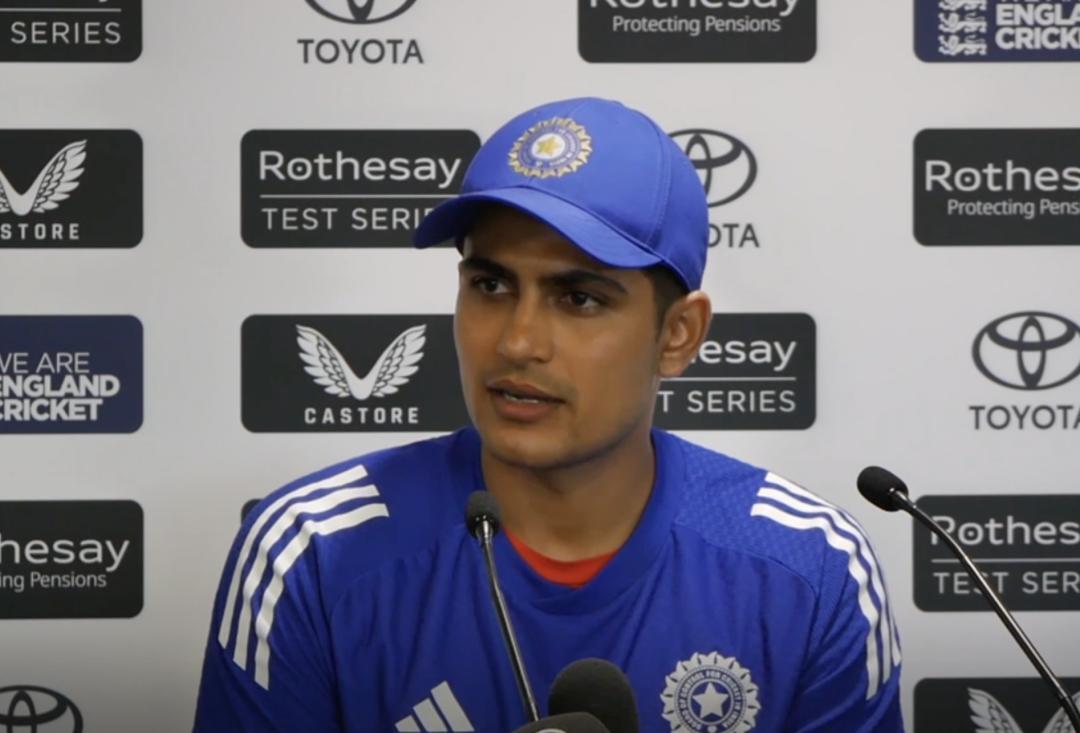
The Game Loses its Essence: Gill on Flat Pitches & Dukes Ball
The ongoing Test series between England and India has been a thrilling affair, with both teams displaying their skills and expertise on the field. However, India Test captain Shubman Gill has expressed his concerns about the current state of the game, citing the combination of flat pitches and Dukes ball as making it difficult for bowlers to make an impact. In a recent interview, Gill emphasized that the lack of assistance for bowlers is taking away from the essence of the game.
According to Gill, the flat pitches are making it challenging for bowlers to take wickets, and the Dukes ball, which is designed to swing and seam, is not getting the same amount of help as it would on traditional English pitches. This, he believes, is making the game more defensive-minded, where teams are focusing more on containing runs rather than taking risks and trying to win the match.
“If you know there [are] only 20 overs of any help and then you have to spend the rest of the day on the defensive, thinking how to stop runs, then the game loses its essence,” Gill said. “The bowlers need some help, and the ball needs to swing or seam. If it’s swinging or seaming, then the batsmen need to take extra care, and that’s when the game becomes more exciting.”
Gill’s comments have sparked a debate about the role of pitches and balls in Test cricket. Many experts have argued that the current trend of flat pitches is making the game too one-sided, with teams that are good at batting dominating the series. On the other hand, some have pointed out that the Dukes ball is designed to swing and seam, and that it’s up to the bowlers to adapt to different conditions.
It’s true that the Dukes ball has been a game-changer in English conditions, allowing bowlers to extract extra bounce and movement from the pitch. However, Gill’s point is that even with the Dukes ball, the lack of assistance from the pitch is making it difficult for bowlers to make an impact. In many Test matches, the ball has not swung or seamed as much as expected, which has led to a more defensive-minded approach from the teams.
One of the main reasons for the flat pitches is the desire to create a more even contest between bat and ball. Many teams have been accused of doctoring the pitches to suit their own strengths, which has led to a lack of variety and excitement in the game. However, Gill’s comments suggest that this approach may be taking away from the essence of the game, which is meant to be a contest between two teams.
Another issue that Gill highlighted is the lack of preparation that bowlers get before a Test match. With only 20 overs of help from the pitch, bowlers are forced to spend the rest of the day on the defensive, trying to contain runs rather than taking wickets. This approach can be frustrating for bowlers, who are often expected to perform miracles on flat pitches.
Gill’s comments have also sparked a debate about the role of the ICC in shaping the game. Many experts have called for the ICC to introduce measures to promote more even contests between bat and ball, such as limiting the number of flat pitches or introducing a more nuanced system for scoring rates. However, others have argued that the ICC should leave the game to the teams and the umpires, rather than interfering with the natural flow of the game.
In conclusion, Shubman Gill’s comments have highlighted the importance of a balance between bat and ball in Test cricket. While the Dukes ball has been a game-changer in English conditions, the lack of assistance from the pitch is making it difficult for bowlers to make an impact. The game loses its essence when bowlers are forced to spend the rest of the day on the defensive, trying to contain runs rather than taking wickets. As the game continues to evolve, it’s essential that teams, umpires, and the ICC work together to promote a more balanced and exciting contest between bat and ball.






